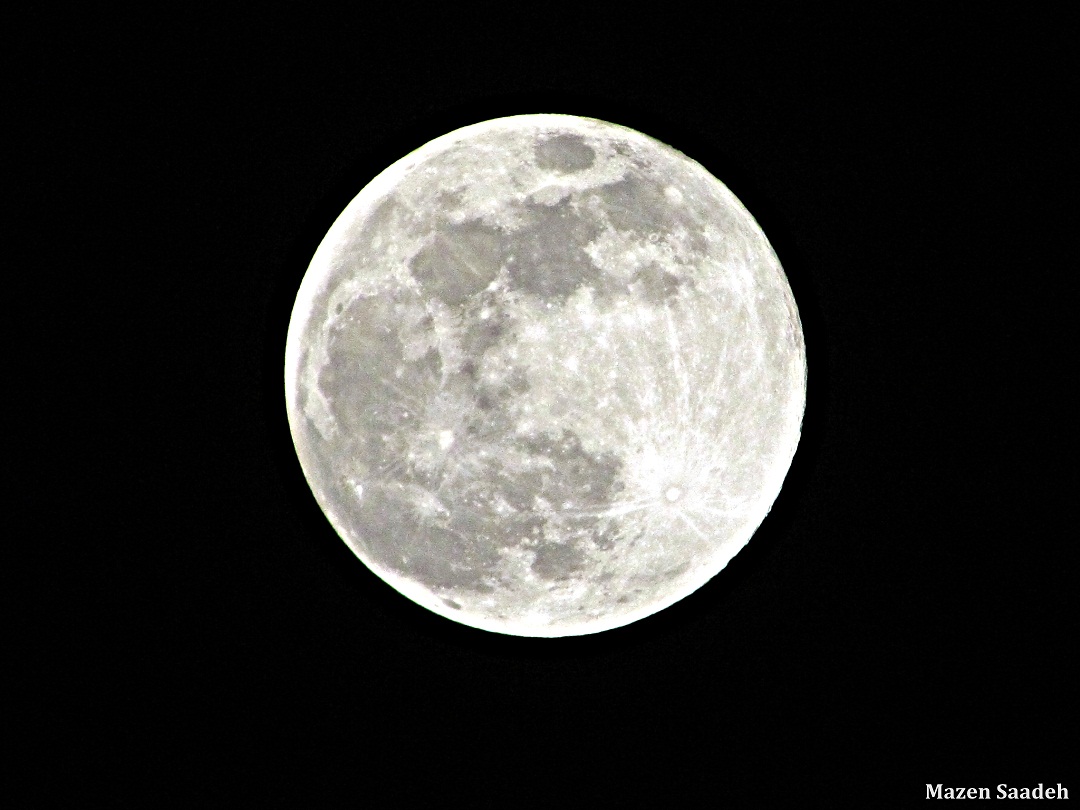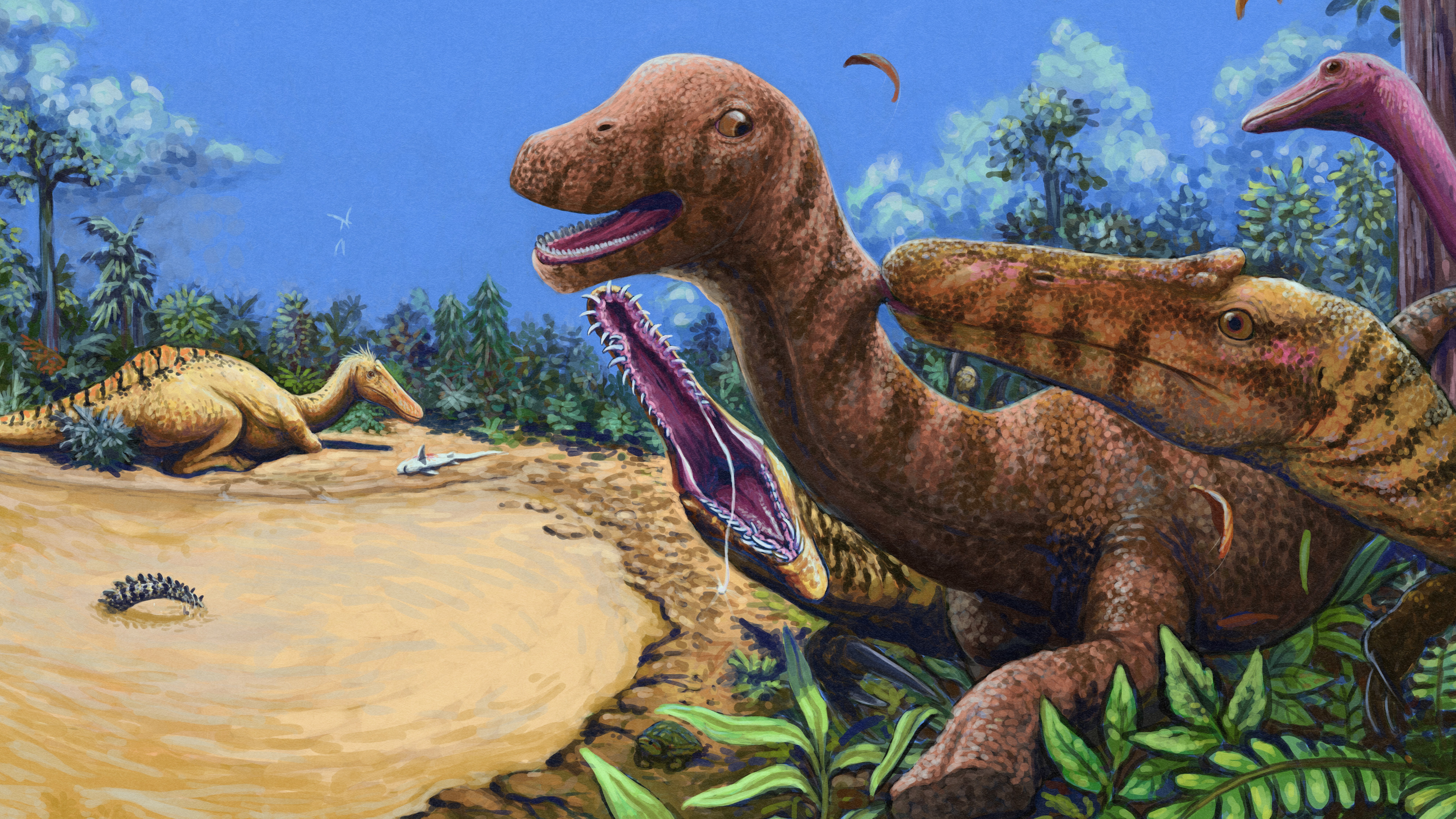Why Does the Moon Shine?

You know that Earth would be a dismal place without its bright, shining neighbor — the sun. But did you know that the moon would also be just another dull orb if not for the sun's rays?
The moon shines because its surface reflects light from the sun. And despite the fact that it sometimes seems to shine very brightly, the moon reflects only between 3 and 12 percent of the sunlight that hits it.
The perceived brightness of the moon from Earth depends on where the moon is in its orbit around the planet. The moon travels once around Earth every 29.5 days, and during its journey, it's lit from varying angles by the sun.
This movement of the moon around the Earth — and the simultaneous orbiting of Earth around the sun — accounts for the moon's different phases (full moon, quarter moon, etc.). At any given point in the moon's trajectory around the Earth, only half of its surface is facing the sun, and therefore, only half of the moon is lit up. The other half of the surface faces away from the sun and is in shadow.
The moon is at its brightest when it is 180 degrees away from the sun from our perspective (picture the sun, Earth and moon in a straight line). At this time, the full half of the moon's surface facing the sun is illuminated and is visible from Earth. This is what's known as a full moon. [Gallery: The Fantastic Full Moon]
At "new moon," on the other hand, the moon isn’t even visible from our vantage point. This is when the moon is between the sun and the Earth, so that the side of the moon reflecting sunlight is facing away from Earth.
In the days before and after a new moon, we’ll see a sliver of the moon reflecting sunlight. And during those times, the faint brightness of the rest of the moon — the part not brightly lit as a sliver — is a result of what scientists call "earthshine," in which the moon’s relatively dark disk is slightly illuminated by sunlight that reflects off of Earth, then off the moon, and back to our eyes.
Get the world’s most fascinating discoveries delivered straight to your inbox.
More information about why the moon shines:
- http://www.universetoday.com/75891/why-does-the-moon-shine/
- http://www.space.com/6650-moon-phases-work.html
- http://www2.astro.psu.edu/users/rbc/a1/lec3n.html
- http://www.space.com/11162-10-surprising-moon-facts-full-moons.html
- http://sci.odu.edu/sci/Scire/05Edition/fullmoon.html
- "THE PHASES OF THE MOON." Peterson Field Guide To Stars & Planets (January 2000): 348. Science Reference Center, EBSCOhost (accessed May 23, 2014).
Follow Elizabeth Palermo on Twitter @techEpalermo, Facebook or Google+. Follow LiveScience @livescience. We're also on Facebook & Google+.



